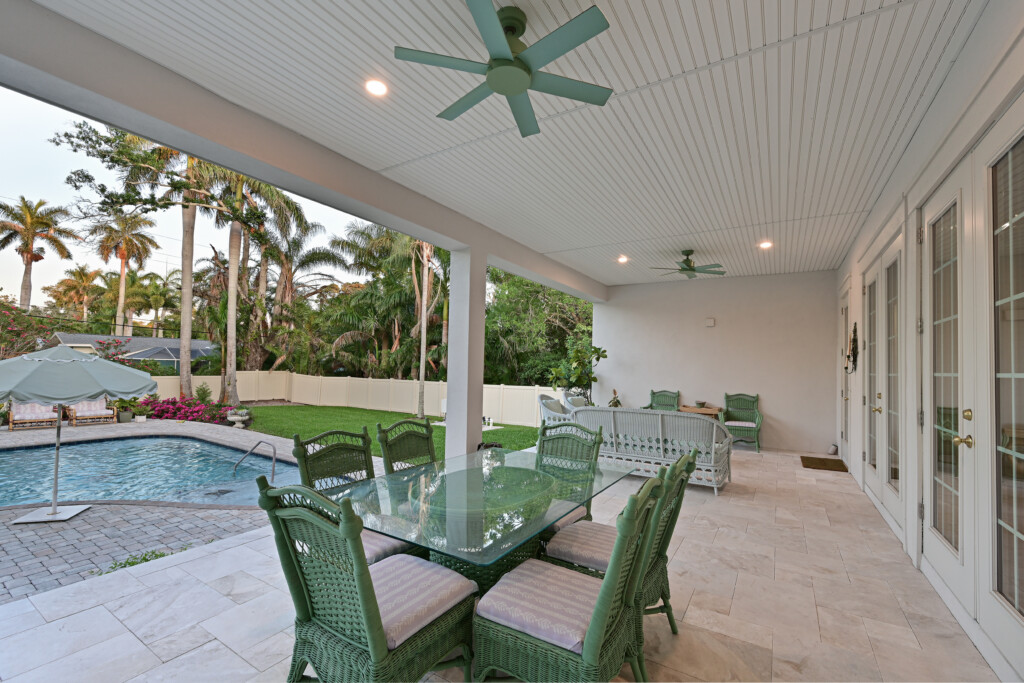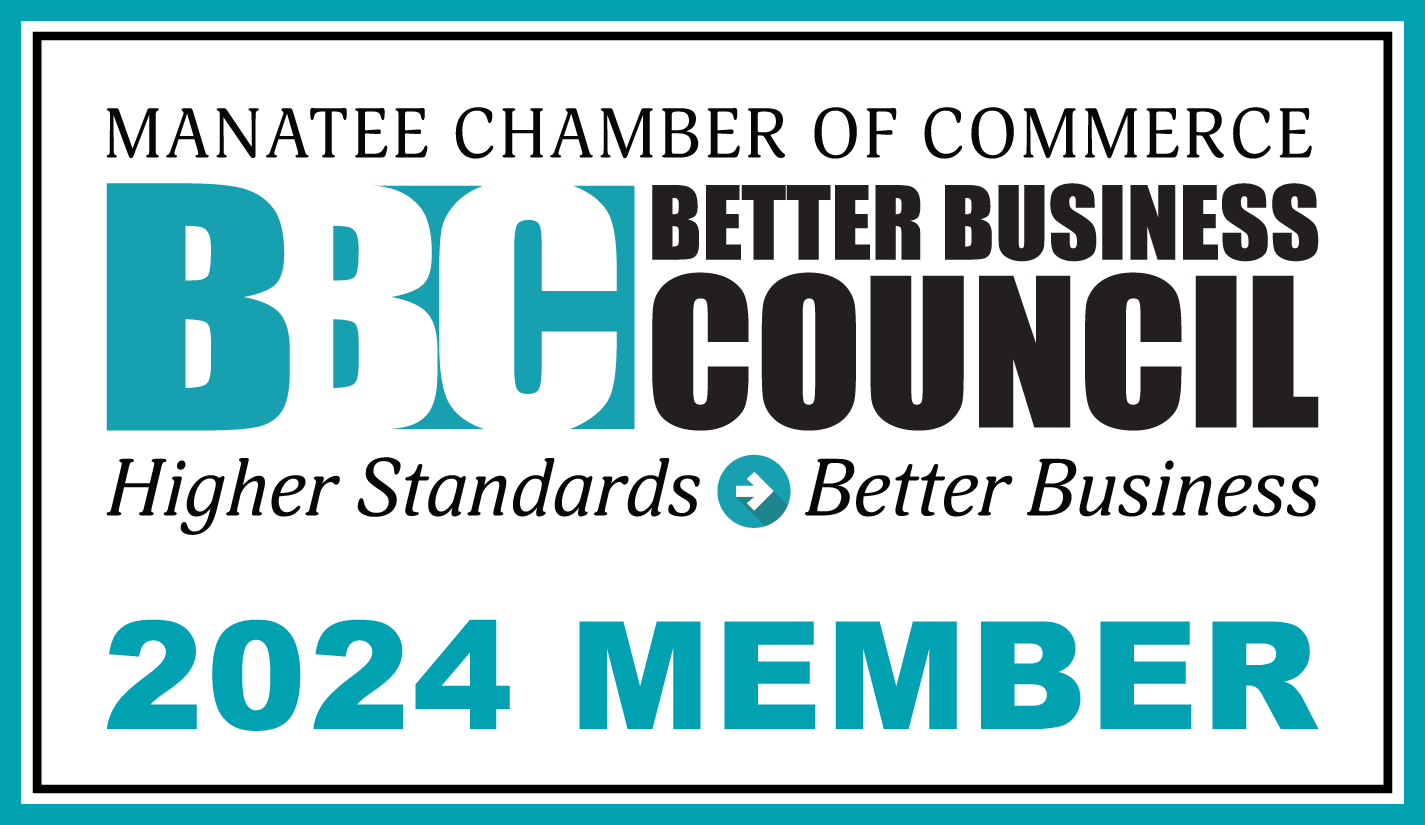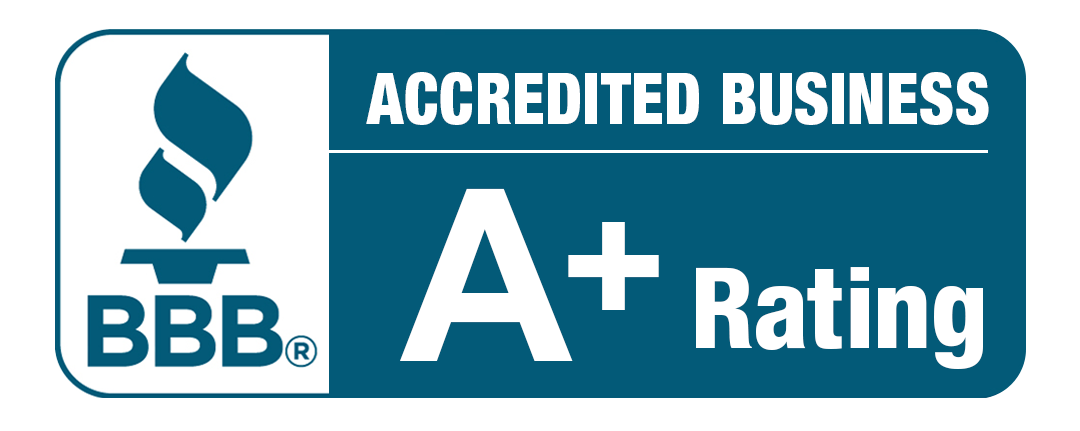Florida’s tropical climate presents unique challenges when it comes to building homes that are both durable and energy-efficient. Given the heat and humidity (and, let’s face it, sometimes severe weather), selecting the right building materials is critical to ensuring a long-lasting, comfortable home. Once you’ve selected your materials, several design features can help you to beat the Florida heat.
After nearly six decades of building beautiful, durable homes on the Gulf Coast, we’ve got a few recommendations! This article takes a closer look at staying cool in the Sunshine State.

Concrete: Durability and Energy Efficiency
Concrete is a versatile and durable material that works well in Florida’s hot and humid climate. One of its most significant benefits is its thermal mass. Concrete absorbs and stores heat during the day and releases it slowly at night. This helps to stabilize the temperature inside the home, preventing drastic fluctuations. In Florida’s climate, where daytime temperatures can easily surpass 90°F (32°C), this characteristic of concrete helps keep homes cooler and reduces reliance on air conditioning. This can lead to significant energy savings over time.
Moreover, concrete is highly resistant to the humid conditions of Florida. Unlike wood or other materials, concrete does not warp or rot due to moisture. It also stands up well to the intense storms that Florida often experiences, including hurricanes, as it is extremely strong and can withstand high winds and impacts from flying debris.
Concrete can be used for a variety of structural purposes, including foundations, walls, and even floors. It can be poured into molds to create reinforced concrete walls, which offer additional protection against external elements. Concrete also works well for creating a solid foundation that resists shifting and settling, which is essential in Florida’s soft, sandy soil.
Metal Roofing: Reflective and Resilient to Florida Heat
In Florida, where summer heat can be relentless, choosing the right roofing material is crucial. Metal roofing is an excellent option for Florida homes, as it offers numerous benefits in terms of energy efficiency and weather resistance. One of the most significant advantages of metal roofing is its reflectivity. Metal roofs reflect much of the sun’s rays, helping to keep the home cooler by reducing heat absorption. This can lead to lower cooling costs, especially during the sweltering summer months.
Metal roofs are also highly durable. They are resistant to rain, wind, and the salt from the ocean air, making them perfect for homes located near the coast. Unlike asphalt shingles, metal roofing won’t crack, warp, or deteriorate over time due to exposure to Florida’s intense heat and humidity. They also offer long-term value, as metal roofs can last up to 50 years with minimal maintenance.
Moisture-Resistant Materials: Combating Florida’s Humidity
Humidity is one of Florida’s most persistent weather challenges, contributing to the growth of mold, mildew, and rot in homes. To protect against these issues, moisture-resistant materials should be incorporated throughout the home. Both moisture-resistant drywall (often called “green board” or “purple board”) and waterproof flooring options such as luxury vinyl plank (LVP) or ceramic tile are excellent choices for areas prone to spills or high humidity. These materials don’t absorb moisture like traditional wood floors, preventing warping, staining, and mold growth.
Homeowners in Florida often utilize treated lumber for framing and outdoor decking. Treated lumber is resistant to rot, termites, and moisture, all of which can be problems in humid environments. Composite wood products, made from a mixture of wood fibers and plastic, are also a great option because they resist moisture and don’t splinter or warp like traditional wood.
Design Features to Keep the Home Cooler
In addition to the right materials, design features can play a significant role in keeping your Florida home cooler, especially important for those who live year-round in Florida heat.
Elevated Foundations: Homes in Florida, especially those near the coast or flood-prone areas, often benefit from elevated foundations. Raised homes allow for better airflow underneath the structure, preventing the buildup of heat and humidity. This elevation also helps to protect the home from flooding.
Large Overhangs and Shade: Overhangs on the roof or extended eaves can block direct sunlight from hitting windows, reducing the amount of heat that enters the home. Adding covered patios or pergolas can provide additional shaded areas around the home, helping to keep outdoor living spaces cooler as well.
Ventilation: Proper ventilation is key to maintaining a cooler home in Florida. Installing ceiling fans, ridge vents, and soffit vents can help with airflow throughout the house. These features allow hot air to escape while bringing in cooler air, making the home more comfortable.
Energy-Efficient Windows: Double-glazed or Low-E (low emissivity) windows are a popular choice for Florida homes. These windows have special coatings that reflect heat while allowing natural light to enter the home. This helps keep the interior cooler without sacrificing daylight.
Landscaping for Shade and Cooling: Strategic landscaping can also contribute to cooling a Florida home. Planting trees or shrubs around the house, particularly on the south and west sides, can provide natural shade, reducing heat buildup. Additionally, using reflective or light-colored materials for driveways and walkways can help minimize heat absorption.
Bruce Williams Homes Builds for the Florida Heat
If you are looking to build a custom home in Sarasota or Manatee County, Bruce Williams Homes is the call to make. With nearly sixty years of homebuilding experience, we provide the local expertise you need to ensure your home is durable and energy-efficient – not to mention, beautiful!
Florida’s tropical climate presents unique challenges when it comes to building homes that are both durable and energy-efficient. Given the heat and humidity (and, let’s face it, sometimes severe weather), selecting the right building materials is critical to ensuring a long-lasting, comfortable home. Once you’ve selected your materials, several design features can help you to beat the Florida heat.
After nearly six decades of building beautiful, durable homes on the Gulf Coast, we’ve got a few recommendations! This article takes a closer look at staying cool in the Sunshine State.

Concrete: Durability and Energy Efficiency
Concrete is a versatile and durable material that works well in Florida’s hot and humid climate. One of its most significant benefits is its thermal mass. Concrete absorbs and stores heat during the day and releases it slowly at night. This helps to stabilize the temperature inside the home, preventing drastic fluctuations. In Florida’s climate, where daytime temperatures can easily surpass 90°F (32°C), this characteristic of concrete helps keep homes cooler and reduces reliance on air conditioning. This can lead to significant energy savings over time.
Moreover, concrete is highly resistant to the humid conditions of Florida. Unlike wood or other materials, concrete does not warp or rot due to moisture. It also stands up well to the intense storms that Florida often experiences, including hurricanes, as it is extremely strong and can withstand high winds and impacts from flying debris.
Concrete can be used for a variety of structural purposes, including foundations, walls, and even floors. It can be poured into molds to create reinforced concrete walls, which offer additional protection against external elements. Concrete also works well for creating a solid foundation that resists shifting and settling, which is essential in Florida’s soft, sandy soil.
Metal Roofing: Reflective and Resilient to Florida Heat
In Florida, where summer heat can be relentless, choosing the right roofing material is crucial. Metal roofing is an excellent option for Florida homes, as it offers numerous benefits in terms of energy efficiency and weather resistance. One of the most significant advantages of metal roofing is its reflectivity. Metal roofs reflect much of the sun’s rays, helping to keep the home cooler by reducing heat absorption. This can lead to lower cooling costs, especially during the sweltering summer months.
Metal roofs are also highly durable. They are resistant to rain, wind, and the salt from the ocean air, making them perfect for homes located near the coast. Unlike asphalt shingles, metal roofing won’t crack, warp, or deteriorate over time due to exposure to Florida’s intense heat and humidity. They also offer long-term value, as metal roofs can last up to 50 years with minimal maintenance.
Moisture-Resistant Materials: Combating Florida’s Humidity
Humidity is one of Florida’s most persistent weather challenges, contributing to the growth of mold, mildew, and rot in homes. To protect against these issues, moisture-resistant materials should be incorporated throughout the home. Both moisture-resistant drywall (often called “green board” or “purple board”) and waterproof flooring options such as luxury vinyl plank (LVP) or ceramic tile are excellent choices for areas prone to spills or high humidity. These materials don’t absorb moisture like traditional wood floors, preventing warping, staining, and mold growth.
Homeowners in Florida often utilize treated lumber for framing and outdoor decking. Treated lumber is resistant to rot, termites, and moisture, all of which can be problems in humid environments. Composite wood products, made from a mixture of wood fibers and plastic, are also a great option because they resist moisture and don’t splinter or warp like traditional wood.
Design Features to Keep the Home Cooler
In addition to the right materials, design features can play a significant role in keeping your Florida home cooler, especially important for those who live year-round in Florida heat.
Elevated Foundations: Homes in Florida, especially those near the coast or flood-prone areas, often benefit from elevated foundations. Raised homes allow for better airflow underneath the structure, preventing the buildup of heat and humidity. This elevation also helps to protect the home from flooding.
Large Overhangs and Shade: Overhangs on the roof or extended eaves can block direct sunlight from hitting windows, reducing the amount of heat that enters the home. Adding covered patios or pergolas can provide additional shaded areas around the home, helping to keep outdoor living spaces cooler as well.
Ventilation: Proper ventilation is key to maintaining a cooler home in Florida. Installing ceiling fans, ridge vents, and soffit vents can help with airflow throughout the house. These features allow hot air to escape while bringing in cooler air, making the home more comfortable.
Energy-Efficient Windows: Double-glazed or Low-E (low emissivity) windows are a popular choice for Florida homes. These windows have special coatings that reflect heat while allowing natural light to enter the home. This helps keep the interior cooler without sacrificing daylight.
Landscaping for Shade and Cooling: Strategic landscaping can also contribute to cooling a Florida home. Planting trees or shrubs around the house, particularly on the south and west sides, can provide natural shade, reducing heat buildup. Additionally, using reflective or light-colored materials for driveways and walkways can help minimize heat absorption.
Bruce Williams Homes Builds for the Florida Heat
If you are looking to build a custom home in Sarasota or Manatee County, Bruce Williams Homes is the call to make. With nearly sixty years of homebuilding experience, we provide the local expertise you need to ensure your home is durable and energy-efficient – not to mention, beautiful!






